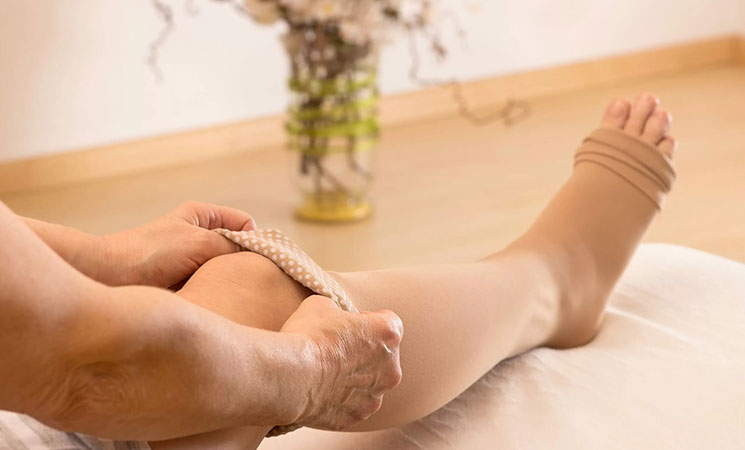Today’s physicians send their patients to physical therapy for a wide range of medical conditions. They have discovered the benefits of these treatments for those with chronic conditions, such as lymphedema. If you have a lymphedema diagnosis, you may need to find physical therapy near me, but you may want to understand the condition and how therapy can help first.
Lymphedema: What It Is?
When protein-rich fluid causes your body’s tissues to swell, specifically in your legs and arms, you may have a problem in your lymph system. These fluids typically get processed through the body through your lymph nodes. Unfortunately, if the fluid does not drain, it can also gather in your chest wall, neck, genitals and abdomen. This is lymphedema.
Lymphedema: Its Causes and Symptoms
Several things can result in lymphedema. First, if cancer cells grow near lymph nodes, they can block the vessels that remove the fluid from your body. Also, cancer treatments, such as radiation, can scar your lymph nodes and vessels. If the cancer is severe and has spread to your lymph nodes, your physician may have to remove them. Removal of these nodes may not lead to lymphedema, but it increases the risk.
Also, several companies have parasites, such as worms, that can block or clog your lymph nodes. Age, excess weight and arthritis can increase the risk of this condition.
Symptoms of lymphedema include arm, leg, finger and toe swelling. Your limbs may feel heavy, and your skin may feel tight. You can experience range of motion challenges and consistent infections. Your skin may also begin to harden.
Lymphatic Health Hacks: Techniques for Management
When you discuss lymphedema with physical therapy Mount Vernon WA, your therapist will discuss several management techniques. First, you should complete exercises that contract the muscles in your extremities. You may also need manual lymph drainage techniques, including massage, to move the fluid out of your body.
Compression, including bandages, garments and sequential pneumatic compression sleeves are also typical treatments. In some conditions, your physician may suggest lymph node transplant surgery, soft tissue removal to improve function or surgery to create new drainage options through the blood vessels.
Lymphedema: PT’s Role in Relief
Your physical therapist will keep in regular contact with your physician so you receive a well-rounded treatment. These professionals will conduct testing to determine the extent of your lymphedema. Then, they will create a customized plan to address your challenges.
They will likely give you compression garments and teach you how to use them. Your therapist will also teach you exercises that specifically promote drainage, and they will guide you on when you should elevate your limbs. Your treatment plan should also have manual lymphatic drainage massage options.
You also need to appropriately manage your skin and nail hygiene to reduce infection risk, so your therapist will teach you what you need to know. You will also need to update your therapist on your at-home exercise and give you new garments so they continue to fit properly and help your lymphedema.
When you visit Kirkland Physical Therapy, ask about their training and experience with lymphedema and discuss a customized treatment plan for your condition.













